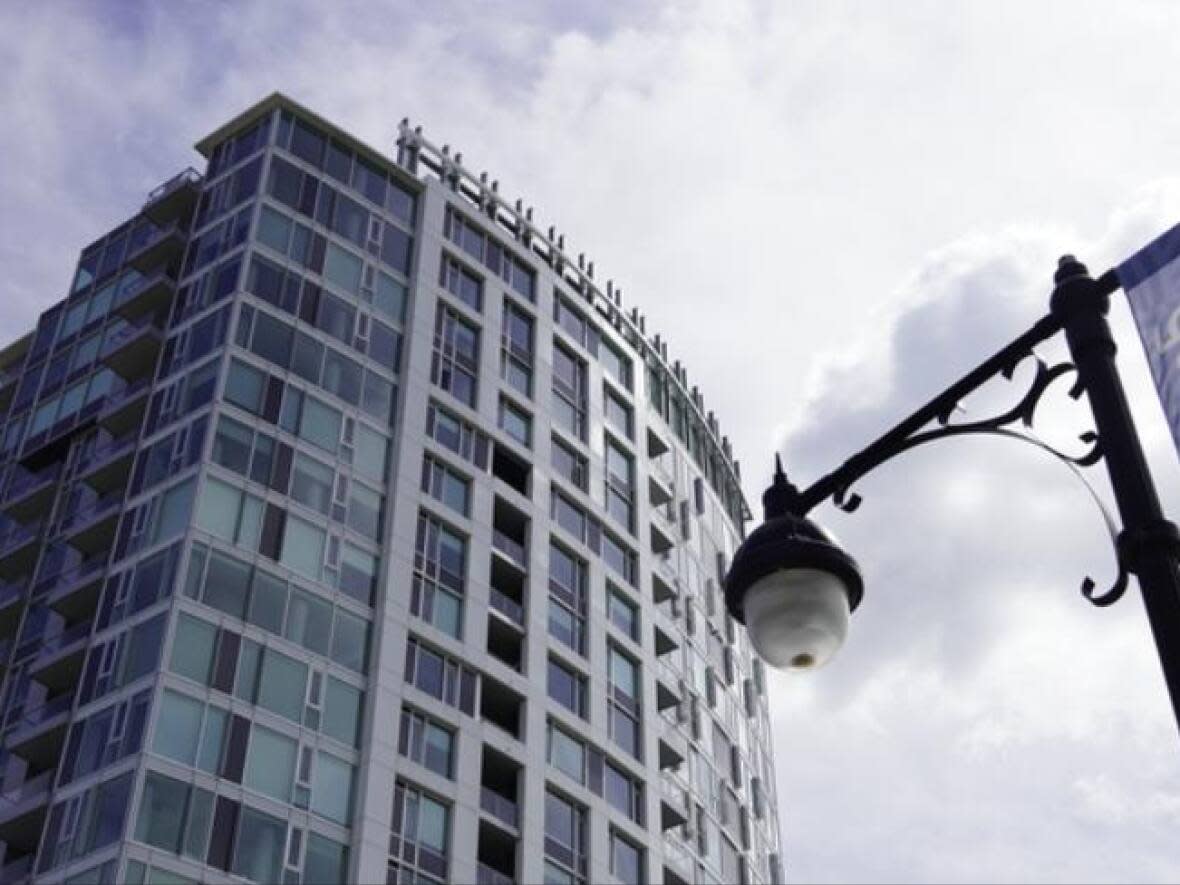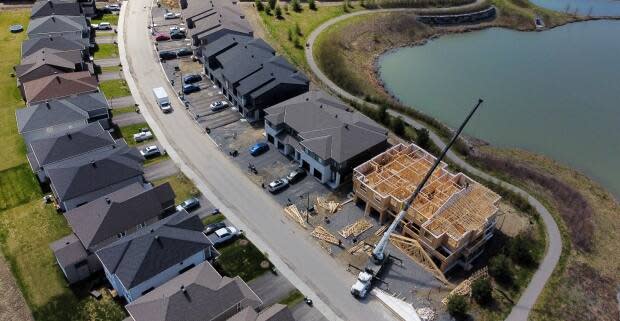Park bylaw passes committee as developers warn of suburban flight

Ottawa's planning committee has approved a new bylaw with tougher green space requirements for some new developments — one that several developers say will make it harder to meet intensification targets and could drive people to the suburbs.
The city has to implement a reshaped parkland dedication bylaw by September, under legislative changes to the province's Planning Act adopted in 2021 by the Ford government.
The requirement applies to municipalities like Ottawa, which have been making developers set aside a higher percentage of parkland — or cash-in-lieu of parkland — than the standard rate the act sets out.
But even if a new bylaw wasn't mandated, Ottawa's goal of two hectares of parkland per 1,000 residents in non-rural areas isn't obtainable under the current one, according to Watson and Associates Economics Ltd., a consulting firm hired by the city to help shape the new rules.
That's due to the amount of growth forecasted over the next decade, according to Thursday's staff report.
Costs would be passed along
According to the report, the existing 13-year-old bylaw requires developers to set aside 10 per cent of the land at new apartment buildings for park space, or give the city cash-in-lieu to make up the difference if that's not possible.
The proposed bylaw would see that change to 15 per cent for new mid-rise buildings between five and nine storeys. For those 10 storeys and up, it would jump to 25 per cent.
But a number of local developers told committee members Thursday the new percentages would send the per-unit price soaring, as they passed the costs along to renters and buyers.
"These increases are significant, for sure, and they directly impact the affordability of an apartment unit," said Minto Group's Kevin Harper.
The industry is already grappling with labour shortages, supply chain constraints, and rising interest rates, Harper said. He predicted the new targets would add roughly $3,000 to the cost of a unit at one of Minto's mid-rise buildings — and even more for a taller tower.
"I'm a professional planner ... I get why all this stuff is needed," he said. "The issue is that it's all happening all at once, at a time with incredibly high costs to build."
The "reality" is that more people will consider suburban homes where those 10-per-cent-and-higher caps don't exist, said Claridge Homes vice-president Neil Malhotra.
"What I'm planning for in the future, if these policies come forward, is we're going to be building a lot more housing in the suburbs. And it's not necessarily going to be by choice — but it's just where the market demand is going to shift," Malhotra said.
"It's not hurting the developers. It's hurting the people who can barely afford housing now."

'Clash of priorities'
Several committee members acknowledged the bylaw discussion was laying bare a major urban planning challenge: how to keep housing costs down while providing access to amenities like public parks.
Stittsville Coun. Glen Gower, the committee's co-chair, said Malhotra had effectively sketched out that "clash of priorities" — but also wondered if future voters would be "resentful of our council for not having the foresight to properly fund park space."
Kanata North Coun. Cathy Curry suggested the "one-time cost" may not be as onerous as the developer delegates were implying.
"The building's going to stand for 100 years, potentially. And you'll have those rents and that income and that mortgage paid off," she said. "This may be hard right now, but long-term, is it really that difficult?"
In the end, the recommendation to replace the existing bylaw was carried unanimously. It now goes to city council for a full vote.


